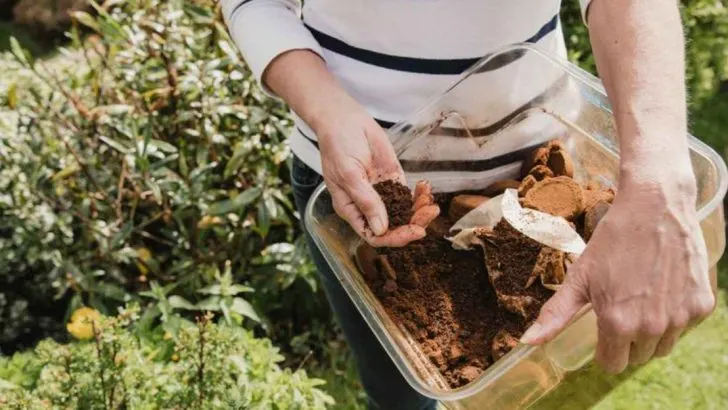There’s no shortage of gardening advice, but not all of it is true. Some common gardening “wisdom” has been passed down for generations, even though science has proven it wrong. From the idea that you need to plant by the moon cycles to the belief that talking to plants makes them grow faster, many of these myths waste time, money, and effort without actually improving your garden.
Some myths can even harm your plants, like the idea that adding sand to clay soil improves drainage (spoiler: it actually makes it worse). Others, like using coffee grounds on every plant, might not be as helpful as you think. Understanding what really works versus what’s just an old wives’ tale can help you grow a healthier, more productive garden without unnecessary guesswork.
It’s time to separate fact from fiction. These 18 gardening myths are widely believed, but once you stop following them, you’ll notice an immediate improvement in your garden’s success.
Myth 1: Watering Daily is Essential
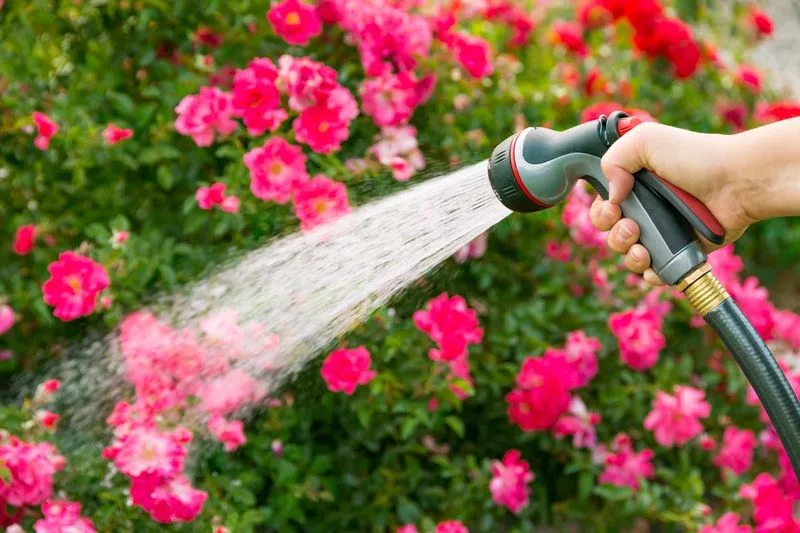
Watering daily might seem like the best way to keep your plants hydrated, but it can actually do more harm than good. Most plants prefer deep and infrequent watering, allowing roots to grow deeper and stronger. Overwatering can lead to root rot and other moisture-related problems. Observe your plants and soil to determine the best watering schedule. Consider factors like plant species, soil type, and weather conditions. These will guide you better than sticking to a rigid daily routine. Adjusting your approach can lead to healthier plants and a more resilient garden.
Myth 2: Talking to Plants Boosts Growth
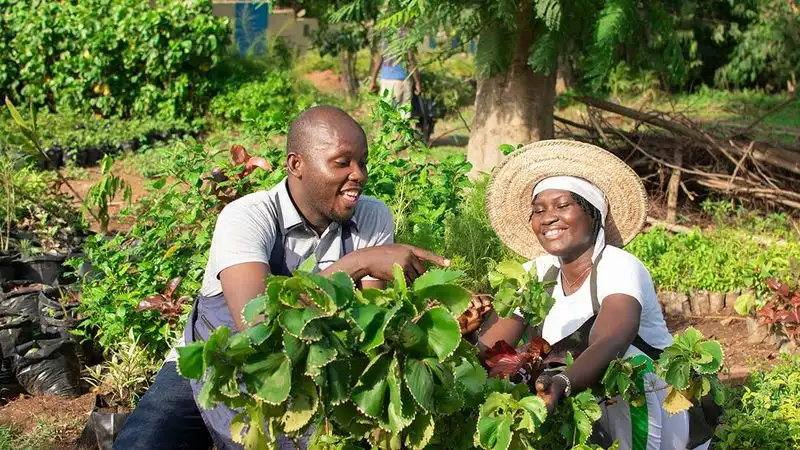
The idea that conversing with your greenery encourages growth is charming, but plants respond more to care than chatter. While talking might improve your mood, it’s the carbon dioxide you exhale that can benefit plant growth. In reality, providing the right light, water, and nutrients is what truly matters. Focus on optimizing these essentials rather than engaging in lengthy dialogues. Take a moment to observe your plants and understand their needs. Actionable attention leads to better growth than mere words ever could. Cultivate a nurturing environment with thoughtful actions.
Myth 3: More Fertilizer Means Better Plants
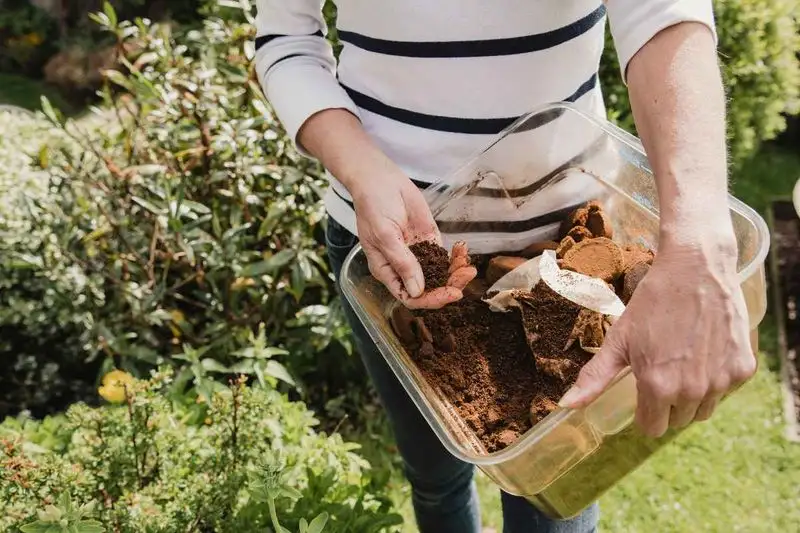
Applying more fertilizer isn’t synonymous with thriving plants. Over-fertilization can lead to nutrient imbalances, harming your garden rather than helping it. Plants only need nutrients in specific amounts, and exceeding these can damage roots and soil health. Conduct a soil test to understand your garden’s needs. Base your fertilization strategy on actual deficiencies rather than assumptions. This approach avoids wastage and potential harm. Less can indeed be more when it comes to fertilizers. Always prioritize quality over quantity in your gardening practices.
Myth 4: Organic Pesticides are Completely Safe
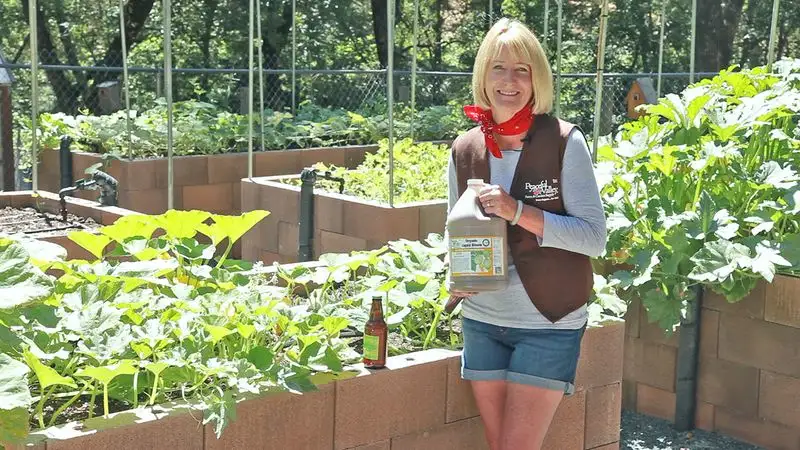
Although organic pesticides are considered safer, they’re not entirely harmless. They can still affect beneficial insects and the ecosystem if misused. Always read the labels and apply according to instructions for minimal impact. Consider integrating pest-resistant plants and natural predators as additional measures. This balanced approach helps maintain a healthy garden ecosystem. Remember, organic doesn’t automatically mean benign. Every product has potential side effects, especially if overused. Being informed and cautious ensures effective pest management.
Myth 5: You Must Prune in the Fall
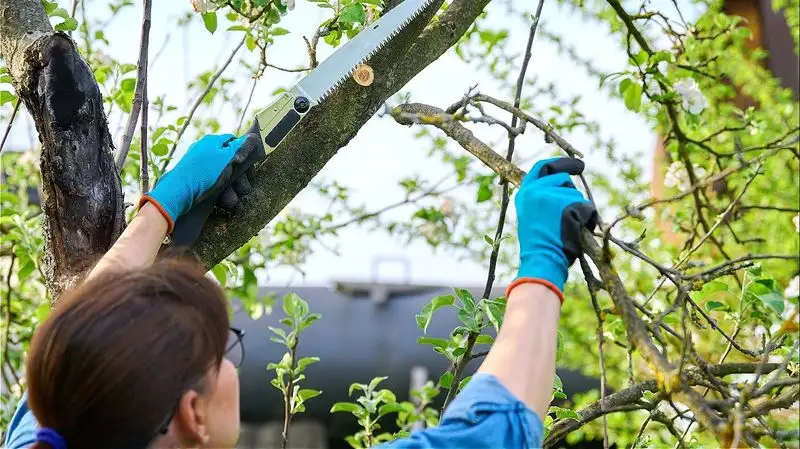
Pruning in the fall isn’t a universal rule. Some plants benefit from fall pruning, but others are better pruned in spring or summer. Pruning at the wrong time can stress plants, making them susceptible to diseases and poor growth. Understand the specific needs of your plants to determine the best timing. Research or consult with expert gardeners to make informed decisions. Tailoring your pruning schedule to your garden’s unique requirements will yield healthier, more robust plants. Avoid one-size-fits-all advice to nurture each plant effectively.
Myth 6: Coffee Grounds Suit All Plants
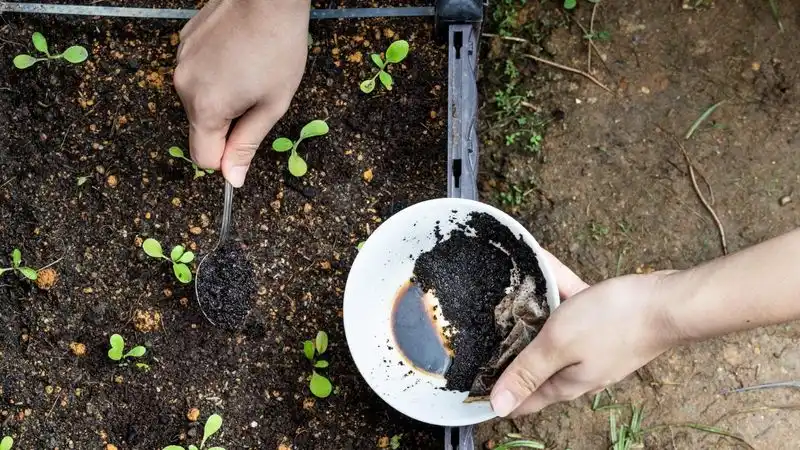
While coffee grounds can enrich soil, they aren’t universally beneficial. The acidity can alter soil pH, affecting plants that thrive in neutral or alkaline conditions. Consider the specific needs of your plants before using coffee grounds. Test your soil and choose amendments that match your garden’s requirements. This ensures nutrients are delivered effectively. Customize soil treatments to align with individual plant preferences. Embrace diversity in your approach to soil management. Tailoring amendments helps in creating a thriving garden environment that caters to all.
Myth 7: Bigger Containers Grow Bigger Plants
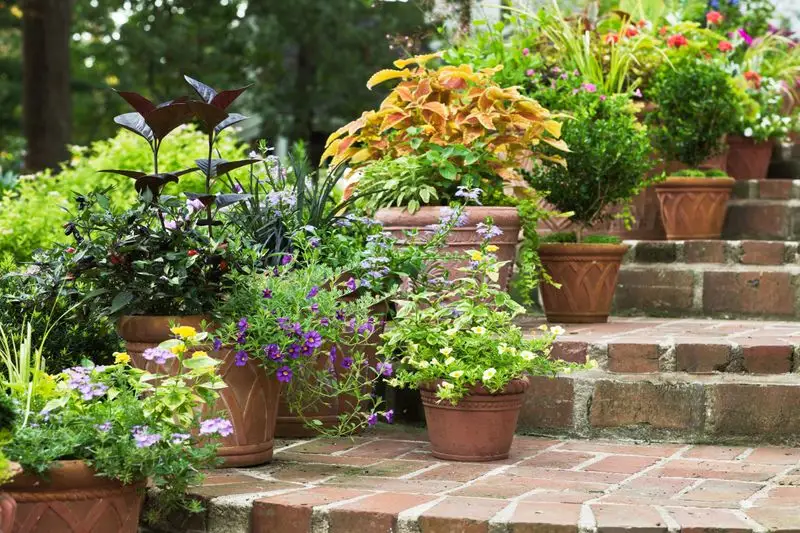
Container size does influence plant growth, but bigger isn’t always better. Excess soil in a too-large pot can retain moisture, leading to root rot. Instead, choose pots that align with the plant’s current size and growth rate. Assess your plant’s needs and select the appropriate container for optimal growth. Re-pot as needed to accommodate growth, ensuring stability and health. The right balance between plant size and container capacity fosters healthy development. Monitor and adjust as your plant matures, offering the right space for roots to flourish.
Myth 8: Plants Need Full Sun to Thrive
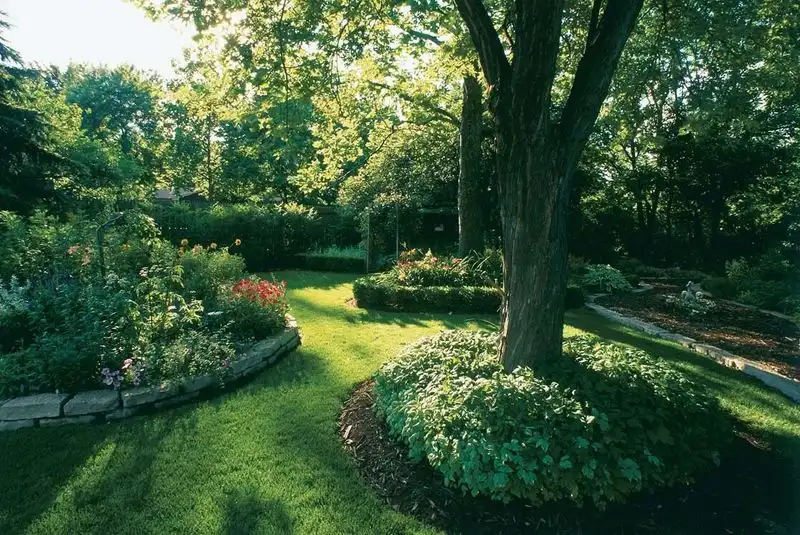
Full sun isn’t a necessity for all plants. Many species flourish in partial shade or indirect sunlight, especially in hot climates. Understanding your plant’s light requirements is crucial. Observe your garden’s light patterns throughout the day to match plants with suitable spots. This attention to placement ensures plants receive optimal light levels. Tailoring your garden’s layout to these needs fosters healthier growth. Flexibility and observation in arranging your garden according to light conditions yield thriving plants, regardless of sunlight intensity.
Myth 9: You Can’t Grow Veggies in the Winter

Winter doesn’t necessarily halt vegetable gardening. Cold-hardy crops such as kale, spinach, and carrots thrive in cooler temperatures. Utilize season extenders like cold frames or row covers to protect against harsh conditions. These tools expand your growing season, allowing for fresh produce year-round. Research suitable winter crops and care techniques to optimize your efforts. Embrace the opportunity to enjoy homegrown veggies even in chilly months. Proper planning and protection can defy seasonal limitations, keeping your garden productive despite the cold.
Myth 10: New Plants Always Need Fertilizer
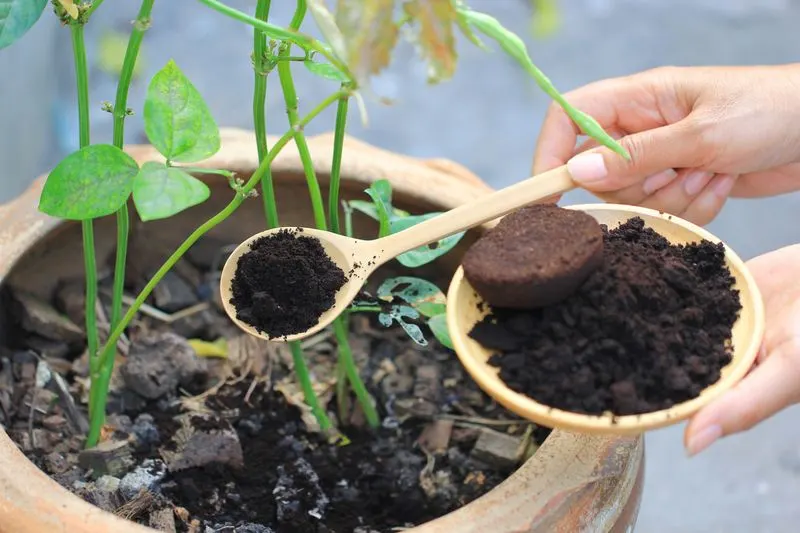
New plants don’t automatically require fertilizer. Over-fertilizing can overwhelm young roots, causing more harm than good. Initial planting often provides sufficient nutrients for early growth. Assess soil quality and plant needs before applying fertilizers. Consider starting with organic matter like compost to enrich the soil naturally. This cautious approach allows plants to establish themselves without nutrient shock. Respond to actual plant and soil conditions, rather than assuming a need for fertilizers. This ensures a strong foundation for long-term growth.
Myth 11: Weeds Indicate Poor Soil

Weeds aren’t always a sign of poor soil. They can thrive in nutrient-rich environments too. In fact, certain weeds indicate healthy soil conditions. However, they compete with your plants for light, nutrients, and space. Regular weeding and mulching help manage them effectively. Observe the types of weeds in your garden to gain insights into soil conditions. Some weeds can even be beneficial, adding organic matter and aerating soil. Understanding your garden’s ecology allows for better weed management and healthier plant growth. Balance is key to a thriving garden.
Myth 12: Staking is Always Necessary for Tall Plants
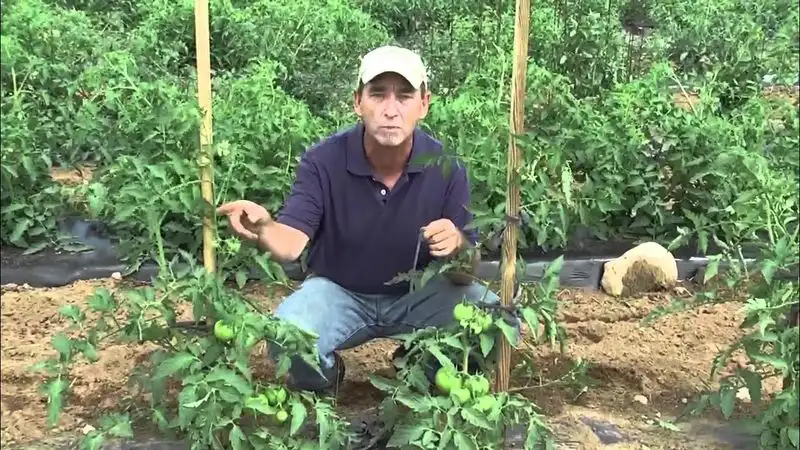
Not every tall plant requires staking. Many plants develop natural strength and resilience to stay upright. Excessive staking can lead to weaker stems that rely on external support. Evaluate your plants individually to decide if staking is truly needed. Allowing some plants to sway in the wind can encourage stronger growth. Proper plant selection and spacing often eliminate the need for staking entirely. Understanding plant behavior helps in deciding when and how to stake. This leads to more robust and self-reliant plants.
Myth 13: All Bugs are Bad for Your Garden
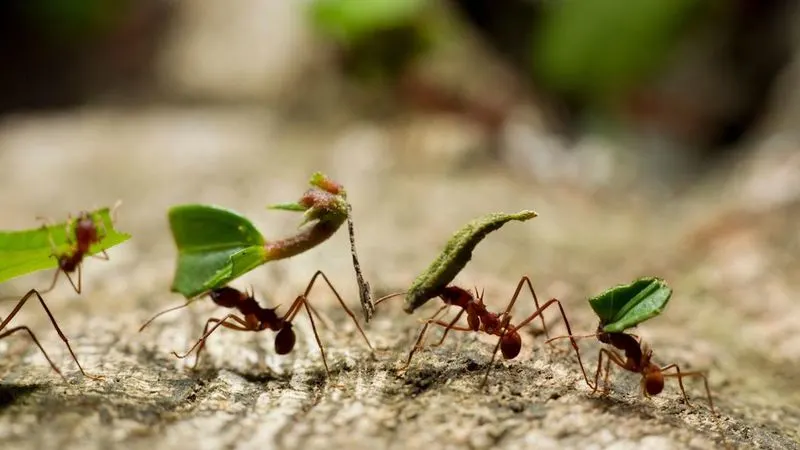
Not all insects are harmful to your garden; many are beneficial and essential for a balanced ecosystem. Ladybugs, bees, and certain beetles play crucial roles in pollination and pest control. Recognizing and encouraging beneficial insects can greatly reduce the need for chemical interventions. Cultivate a diverse plant environment to attract helpful bugs. Implementing natural pest management strategies fosters a healthier garden. Understanding the role of insects in your garden helps maintain ecological balance. Appreciate the allies in your garden that work towards its health.
Myth 14: Seedlings Need Constant Light
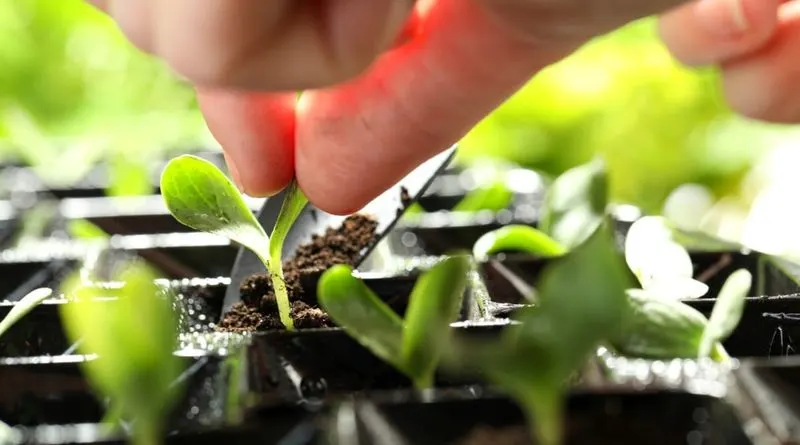
While seedlings require adequate light to grow, constant exposure isn’t necessary. Over-lighting can stress young plants, leading to weak development. Mimic natural day and night cycles for best results. Use timers with grow lights to provide balanced light periods. Observe plants and adjust lighting as needed for healthy growth. Each plant variety may demand different light needs. Tailoring your lighting strategy benefits your seedlings and conserves energy. Understanding and responding to your plant’s signals ensures robust seedling development.
Myth 15: Rocks Improve Drainage in Pots
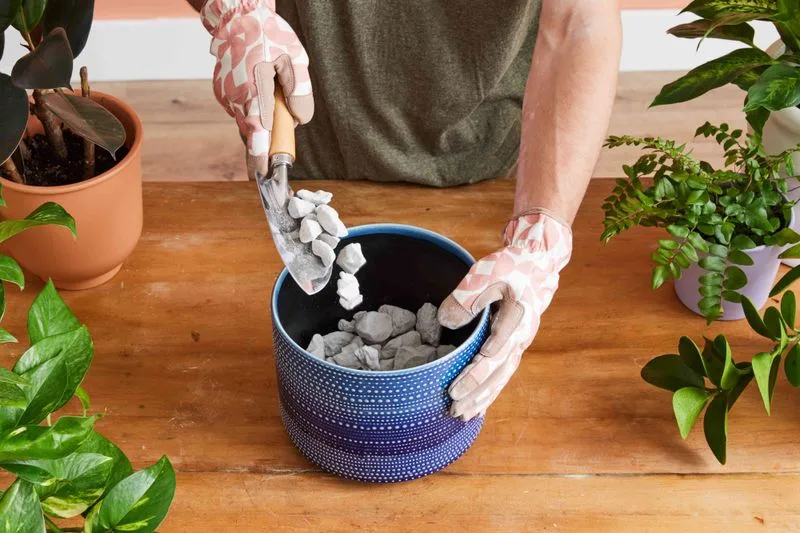
Adding rocks to pot bottoms for drainage is a common misconception. It can actually impede water movement, causing waterlogged soil. Instead, choose a well-draining potting mix and ensure pots have drainage holes. This approach promotes proper airflow and moisture levels. Opt for materials and techniques that enhance natural drainage. Experiment with different potting mixes to find what suits your plants best. Understanding the science behind pot drainage helps in nurturing healthy container plants. Avoid outdated practices for better gardening outcomes.
Myth 16: You Shouldn’t Move Plants Once Planted
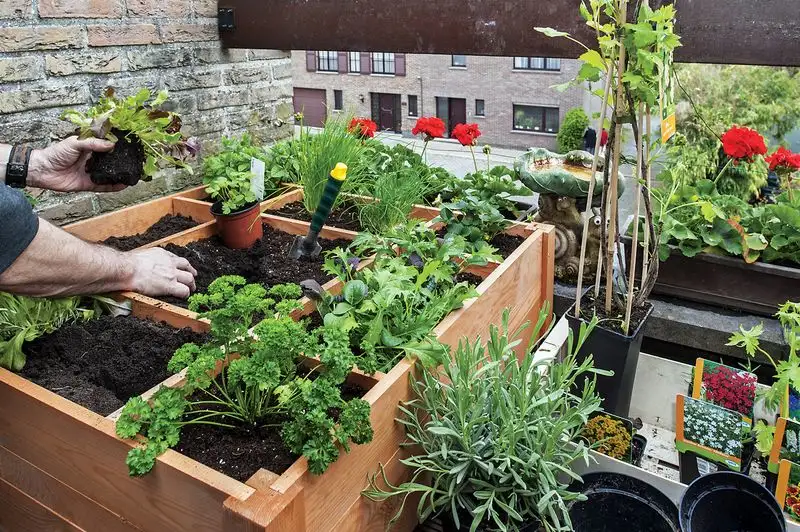
Relocating plants is often seen as risky, but when done correctly, it can benefit their growth. Consider factors like plant type, root development, and season before moving. Using the right techniques minimizes stress on the plant. Transplanting allows plants to thrive in optimal conditions or when redesigning a garden. Researching and planning your moves can lead to better growth outcomes. Be gentle and ensure new planting sites are ready to support transplants. Moving doesn’t have to mean sacrificing plant health with proper care.
Myth 17: Mulch Prevents All Weeds

Mulch is beneficial in suppressing weed growth but isn’t a perfect solution. Persistent weeds can still find ways through mulch layers. Regular maintenance and choosing the right mulch type are essential. Combine mulching with other weed control methods for best results. Keep mulch well-maintained to prevent it from becoming a refuge for pests. Understanding the limitations of mulch can guide more effective weed management strategies. Your garden benefits from a comprehensive approach to weed control, beyond relying solely on mulch.
Myth 18: If It’s Wilting, Water It
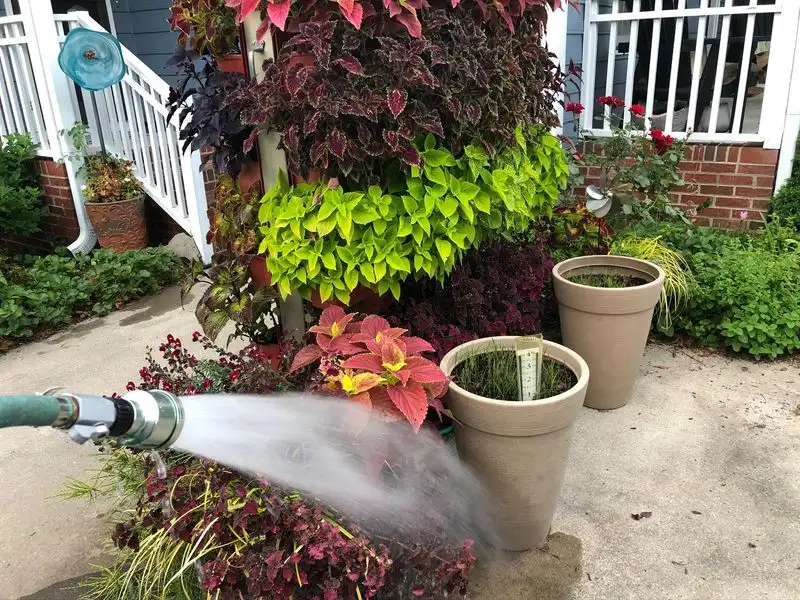
Wilting isn’t always a sign of drought stress. It can also indicate overwatering, root issues, or disease. Assess plant conditions and soil moisture before deciding to water. Overwatering can exacerbate wilting problems rather than solve them. Investigate underlying causes to determine the right course of action. Observe environmental factors and plant health comprehensively. This ensures you address the true issues affecting your plants. A thoughtful approach to plant care leads to more effective problem-solving and healthier gardens.

